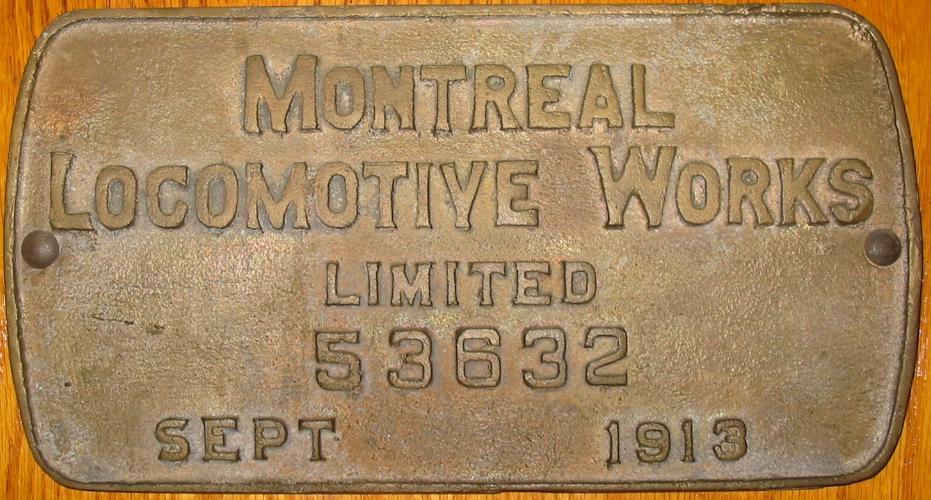I have always been curious - if you break down production per month averaged out, sales figures for 1966 were ahead of 1965. I heard 20,000 per year was the break even point and for 1966, they were well on their way to beating that. Assuming sales stayed at the same level through the rest of the year. Did management not see this as a positive, or were they set in shutting it down regardless?
I have also read at a railfan forum that at that time, the Montreal Locomotive Works who was quite successful in the 60s, was interested in purchasing what was then left of the Studebaker auto emprire. Plant included I guess. Is there anyone with more information on this?
As things would have it, MLW later became part of Worthington in the late sixties.
Thanks,
I have also read at a railfan forum that at that time, the Montreal Locomotive Works who was quite successful in the 60s, was interested in purchasing what was then left of the Studebaker auto emprire. Plant included I guess. Is there anyone with more information on this?
As things would have it, MLW later became part of Worthington in the late sixties.
Thanks,

Comment